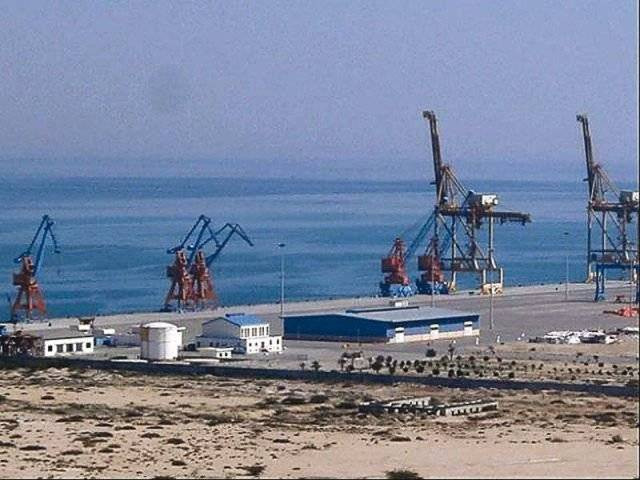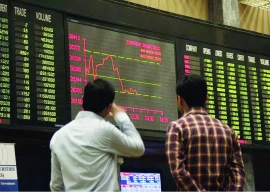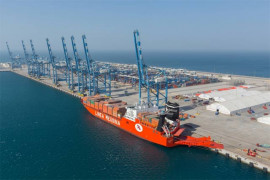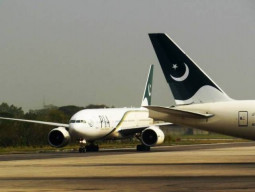
However, to gauge its importance to Pakistan, it is necessary to analyse the global trends in foreign direct investment (FDI) and the increasing importance of Chinese overseas investments to the global economy.
Foreign direct investment: Sindh CM courts Chinese investors

Global FDI inflows rose to the highest levels in 2015 since the global recessionary dip towards the end of the previous decade. According to the World Investment Report (WIR) 2016 by the United Nations Conference on Trade and Development (UNCTAD), total global FDI inflows increased by 38% in 2015 to more than $1.76 trillion.
The total inflow into the developing world was $765 billion, with $541 billion invested in developing Asia. As global commodity prices fell, there was a decline in FDI inflows in the primary and mining sectors but an increase in FDI inflows in manufacturing sectors.
According to the WIR 2016, the largest contributor of FDI amongst countries is United States of America, Japan, Netherlands, Germany, Ireland, China and Hong Kong. China is the second largest investor in developing Asia and the largest investor in the least developed countries as well as among landlocked developing countries.
China’s investment trend
China has invested primarily in developing economies rather than in developed economies. In 2014, China owned $654 billion in FDI stock in developing and transition economies compared to $135 billion it owned in developed economies. Between 2009 and 2014, the FDI stock from China has increased more than three-folds in Africa and more than four-folds in the least developed countries and in the landlocked developing countries.
However, towards the end of 2015 and in 2016, China and Hong Kong faced macroeconomic instability, domestically and globally, which impacted their FDI outflows.
Depressing FDI figure pours in
Nevertheless, it is expected that Chinese investment in the developing world will be even more prominent after the completion of projects planned under the ‘One Belt, One Road’ initiative undertaken by China, which extends from South-east Asia to Africa and Europe.
Pakistan’s FDI
The Board of Investment in Pakistan reported FDI inflows of $1.28 billion into Pakistan in FY2015-16. From a peak of $5.4 billion in FY2007-08, FDI inflows collapsed to a low of $820.7 million in FY2011-12. Pakistan received FDI inflows of $594 million from China in FY2015-16. In FY2007-08, the FDI inflows were mainly driven by investments in the communication sector, financial sector and the oil and gas sector.

In FY2015-16, it was mainly driven by investments in the power sector. However, with new investments planned under the umbrella of CPEC, Pakistan is on course to reverse the trend of low inflows of foreign investment. According to the FDI Report 2016 by FDI Intelligence, Pakistan announced an unprecedented value of potential foreign capital investments of up to $18.9 billion in 2015, an increase of 150% over 2014, mainly in the energy sector.
WIR 2016 reports that out of a total of $766 billion for announced Greenfield FDI projects in 2015 globally – classified as when the parent company builds the operations ground-up in the host country – $25 billion was announced in textile, clothing and leather, $61 billion in motor vehicles and transportation equipment and $134 billion in electricity, gas and water.
Additionally, Free Trade Agreements (FTAs) between trading partners promote investment activities particularly if production networks are established between countries. Pakistan should divert its attention towards such deals.
The country has already successfully negotiated an FTA with China in 2007. According to ITC’s Trademap, exports from Pakistan to China increased from $507 million in 2006 to $2.65 billion in 2013.
Ishaq Dar declared ‘finance minister of the year’
The imports from China increased from $2.9 billion in 2006 to $11 billion in 2015, all due to FTAs
Further, Pakistan must attract foreign investments to take advantage of the preferential treatment awarded to its exporters.
In addition, negotiations of FTAs with Thailand, Turkey, Indonesia and the Republic of Korea must be concluded with the purpose to enhance investments in Pakistan as a priority and develop industrial zones across the country. Such investments will help Pakistan increase its exports and integrate into the global economy.
The writer is an Assistant Professor of Economics & Research Fellow at CBER, IBA
Published in The Express Tribune, October 10th, 2016.
Like Business on Facebook, follow @TribuneBiz on Twitter to stay informed and join in the conversation.


















COMMENTS
Comments are moderated and generally will be posted if they are on-topic and not abusive.
For more information, please see our Comments FAQ